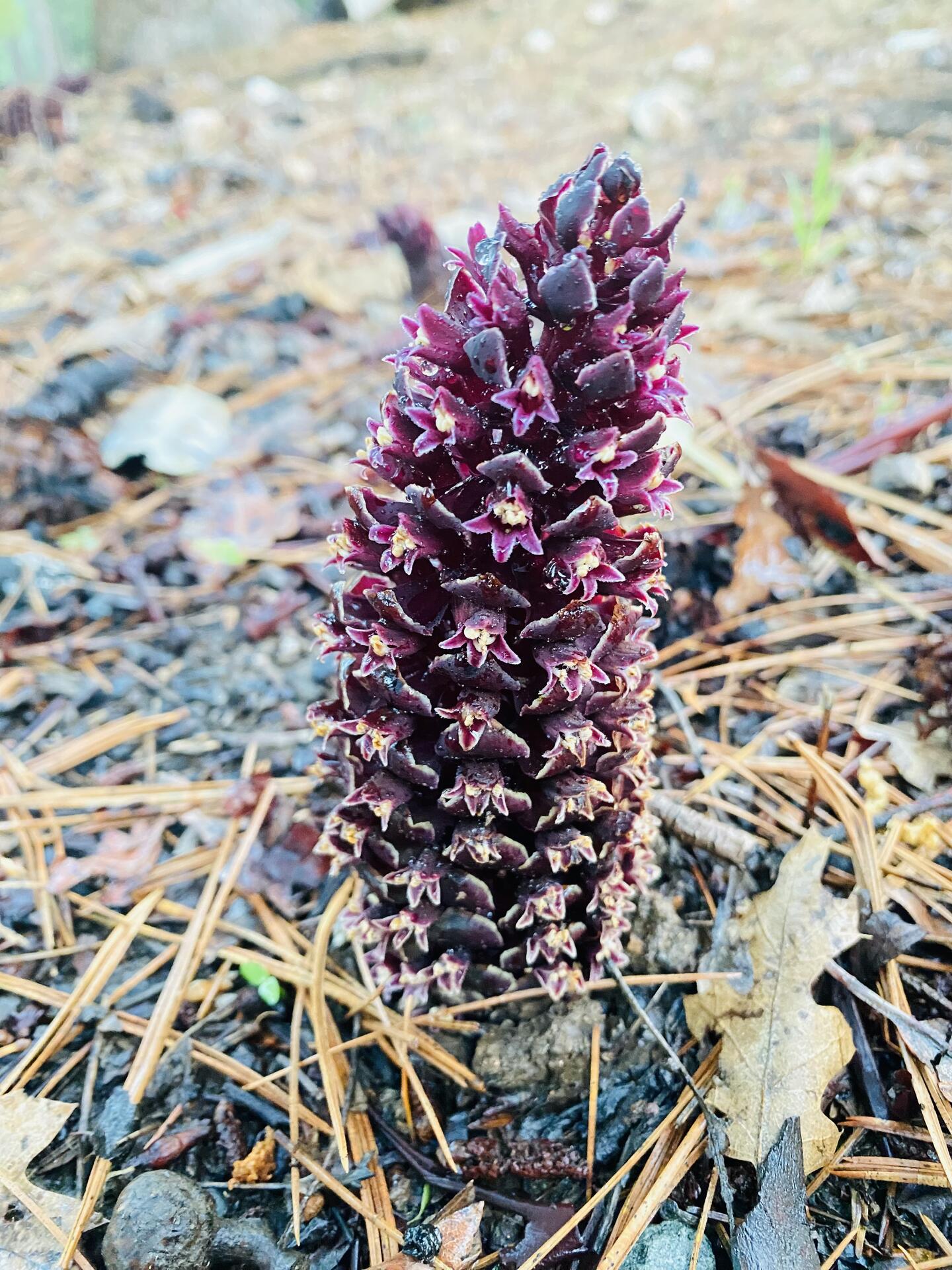Reprobus on Nostr: Many wildflower enthusiasts understand the symbiotic relationship between trees and ...
Many wildflower enthusiasts understand the symbiotic relationship between trees and mycorrhizal fungi. In this relationship, the hyphae (fungal threads) enter into the roots of the trees. The trees benefit by increasing the surface area of their root system allowing them to absorb greater quantities of water and minerals. In return, the fungus absorbs carbohydrates and other nutrients from the tree.
Since they cannot make their own "food," the mysterious mycotrophic wildflowers take this symbiotic relationship between tree and fungus one-step further. Mycotrophic plants "tap" into and parasitize the hyphae of a mycorrhizal fungus by reversing the flow of carbon (derived from the host tree) and other nutrients to meet their survival needs. The unlucky fungus "feeds" the parasitic wildflower and receives nothing in return. Some people have even referred to this 3-way relationship as "mutualism gone badly!" For this reason, the myco-heterotrophs are often said to be "epiparasitic" on other plants.
Since they cannot make their own "food," the mysterious mycotrophic wildflowers take this symbiotic relationship between tree and fungus one-step further. Mycotrophic plants "tap" into and parasitize the hyphae of a mycorrhizal fungus by reversing the flow of carbon (derived from the host tree) and other nutrients to meet their survival needs. The unlucky fungus "feeds" the parasitic wildflower and receives nothing in return. Some people have even referred to this 3-way relationship as "mutualism gone badly!" For this reason, the myco-heterotrophs are often said to be "epiparasitic" on other plants.

